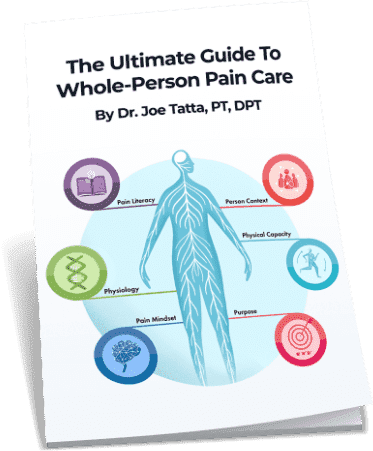About Kenneth D. Craig
Kenneth D. Craig, O.C., Ph.D., F.C.A.H.S., LL.D. (Hon.) is Professor Emeritus of
Psychology at the University of British Columbia in Vancouver, BC, Canada.
Following studies at Concordia University, UBC, Purdue University and the
Oregon Health Sciences University, his academic career has been at UBC. His
research focuses upon pain assessment using nonverbal methods in
populations with communication limitations, including infants, young children,
people with intellectual disabilities cognitive impairments and dementias,
voluntary and automatic control in pain expression, and the importance of
psychosocial factors in understanding and controlling pain, described in the
social communication model of pain.
He has been Editor-in-Chief of Pain Research & Management and the Canadian
Journal of Behavioural Science and has served as President of the Canadian
Pain Society and the Canadian Psychological Association and on the Council of
the International Association for the Study of Pain. Awards include appointment
as an IASP Honorary Member, the Canada Council I.W. Killam Research
Fellowship, appointment as a Canadian Institutes of Health Research Senior
Investigator, the Canadian Pain Society Distinguished Career Award, the
American Pain Society Jeffrey Lawson Award for Advocacy in Children’s Pain
Relief, an honorary LL.D. from Dalhousie University, and investiture as an
Officer of the Order of Canada.




